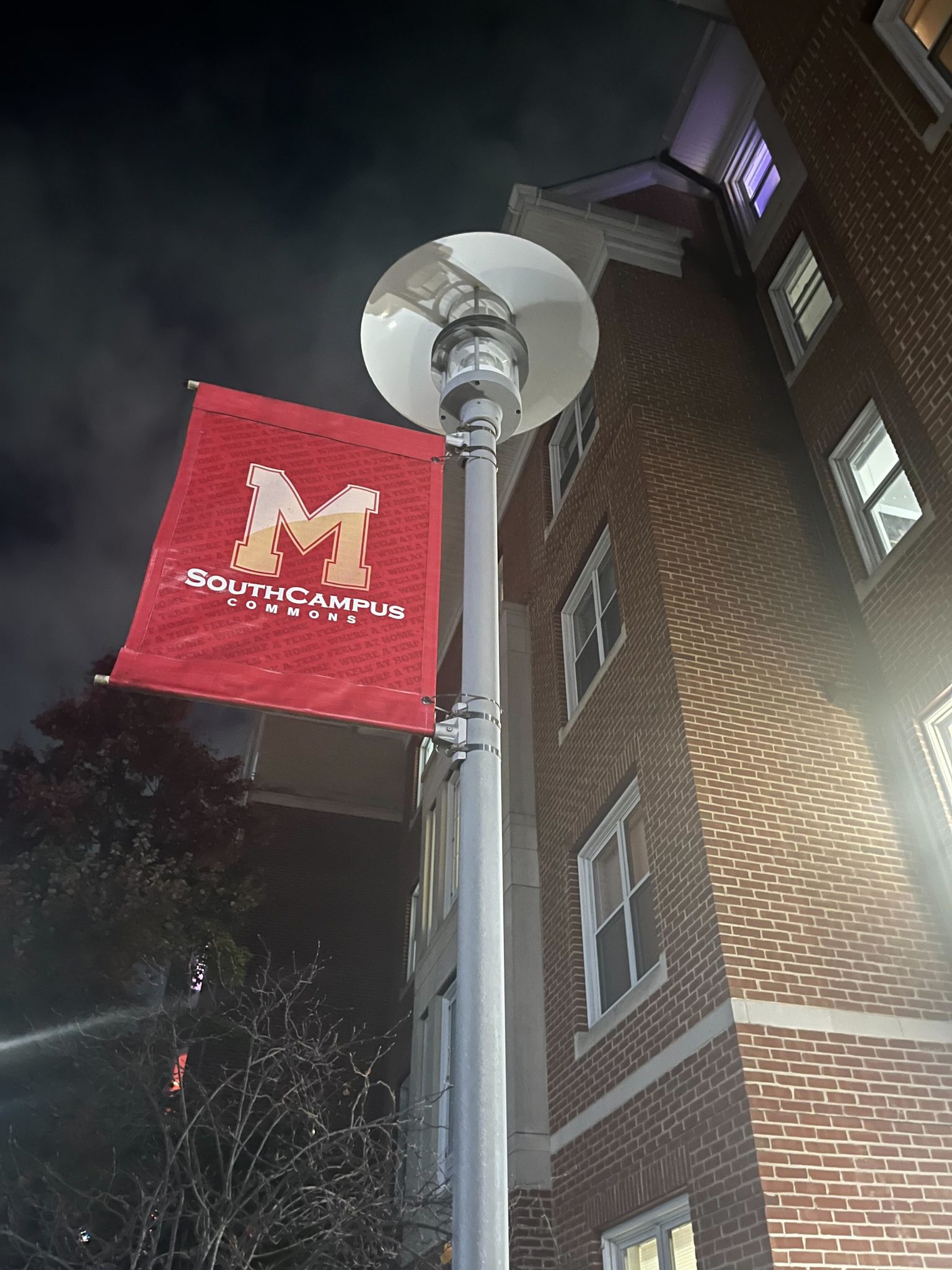The University of Maryland SGA held its annual Safety Walk Thursday night, where community members walked around campus and the greater College Park community to look for safety issues.
During this year’s event, Student Government Association members, University of Maryland personnel and local leaders found malfunctioning lights, inaccessible ramps and insufficient stop signs.
Three groups of community members noted safety issues on North Campus, South Campus and in an off-campus area near the College Park Metro station. The SGA will compile issues noted during the safety walk into an audit.
One of the most common issues participants noted was lighting.
“There are just large stretches of South Campus where there’s just no lights along the major traffic corridors,” Nick Marks, a junior secondary education and government and politics major, said. Marks is a member of the SGA’s transportation and infrastructure committee.
[Term lengths, student engagement top-of-mind for College Park voters in city election]
Senior agricultural and resource economics and government and politics major Meghana Kotraiah, the SGA’s executive vice president, also observed that multiple lights around South Campus Commons were not functional.
To fix those lights, Kotraiah said the SGA plans to reach out to Capstone On-Campus Management, the private management company that oversees the South Campus Commons and Courtyards apartments.
Joe Diaz, one of the SGA’s representatives for the computer, mathematical and natural sciences college, noted that North Campus also has lighting deficiencies. Diaz said the route from the Heritage Community dorms to Stamp Student Union, which passes by SECU Stadium, isn’t very well lit.
“Making sure that you feel like you can see where you’re going, that’s a major concern,” the junior computer science major said.
Safety walks have resulted in lighting improvements in previous years, according to Kotraiah.
Diaz also spotted multiple accessibility issues regarding crosswalks on North Campus.
“One thing that I honed in on a bunch is ramps for pedestrian crossings, whether they had cutaways, and in most places we had cutaways, but in some areas in the older part of campus they don’t,” Diaz said.
Cutaways are the ramps used to access the sidewalk from a crosswalk.
[UMD SGA to investigate renaming Francis Scott Key Hall]
Paisley Brockmeyer, the SGA’s transportation and infrastructure committee director, also noticed crosswalk issues.
Several high-traffic areas where Brockmeyer and her group walked did not have any stop signs or clearly-marked pedestrian crosswalks, Brockmeyer, a junior physiology and neurobiology major, said.
Stop signs also came up as an issue in the off-campus Metro station area.
SGA student affairs director Nicholas Enoch noted that there is a lack of stop signs near the Aster and Graduate Hills apartments.
The senior government and politics major added that there is a lack of visibility in that area. Some crosswalks are also painted over, making it difficult for pedestrians to cross safely, Enoch said.
Enoch’s group also found a lack of speed limit signs and visibility around Leonardtown and Fraternity Row.
“[There] seems to not be a lot of visibility in terms of being able to drive at night, especially if it’s during the rain,” Enoch said. “It’s very easy for cars to be able to drive over those speed limits because they don’t see them.”



